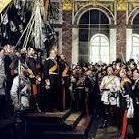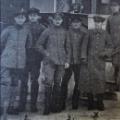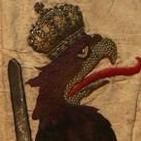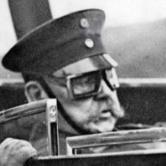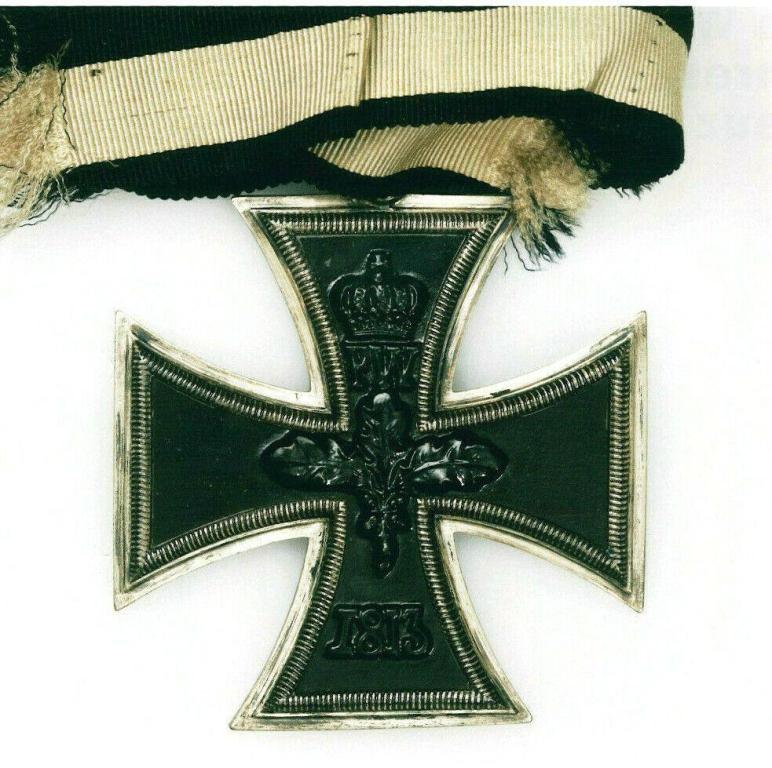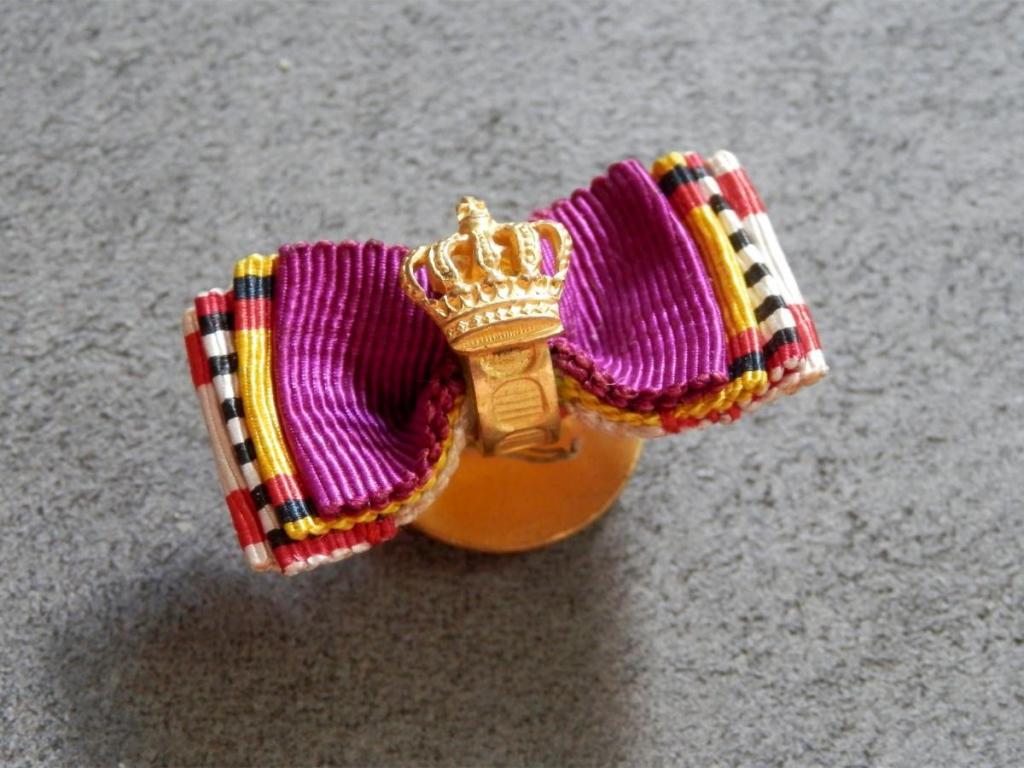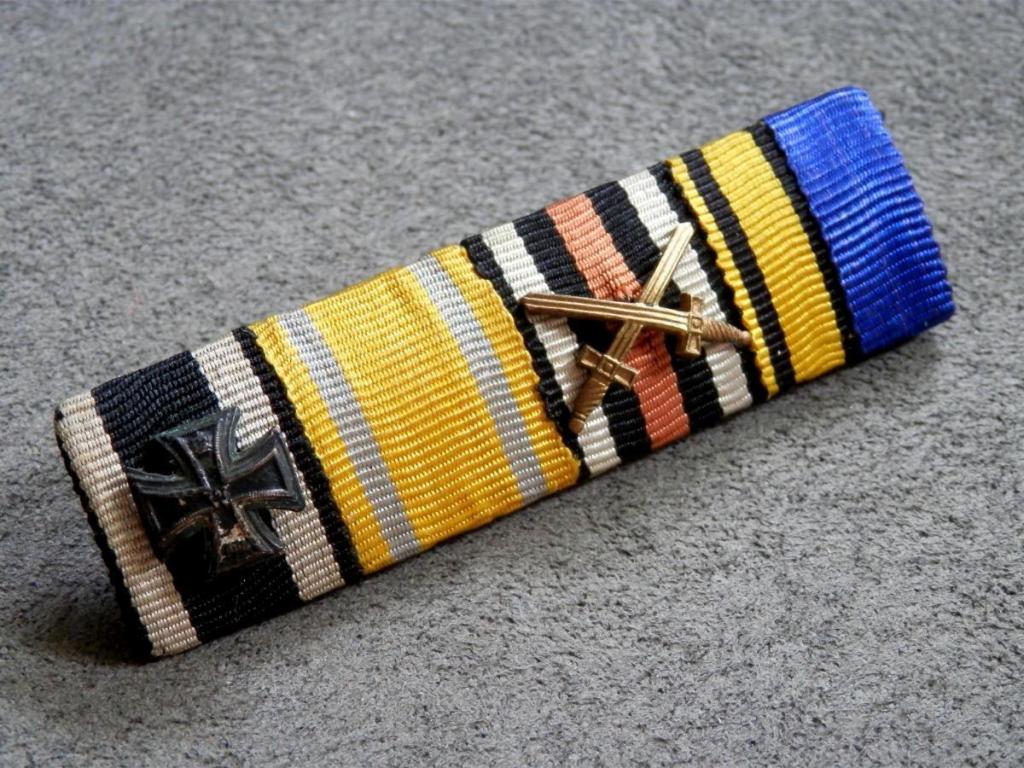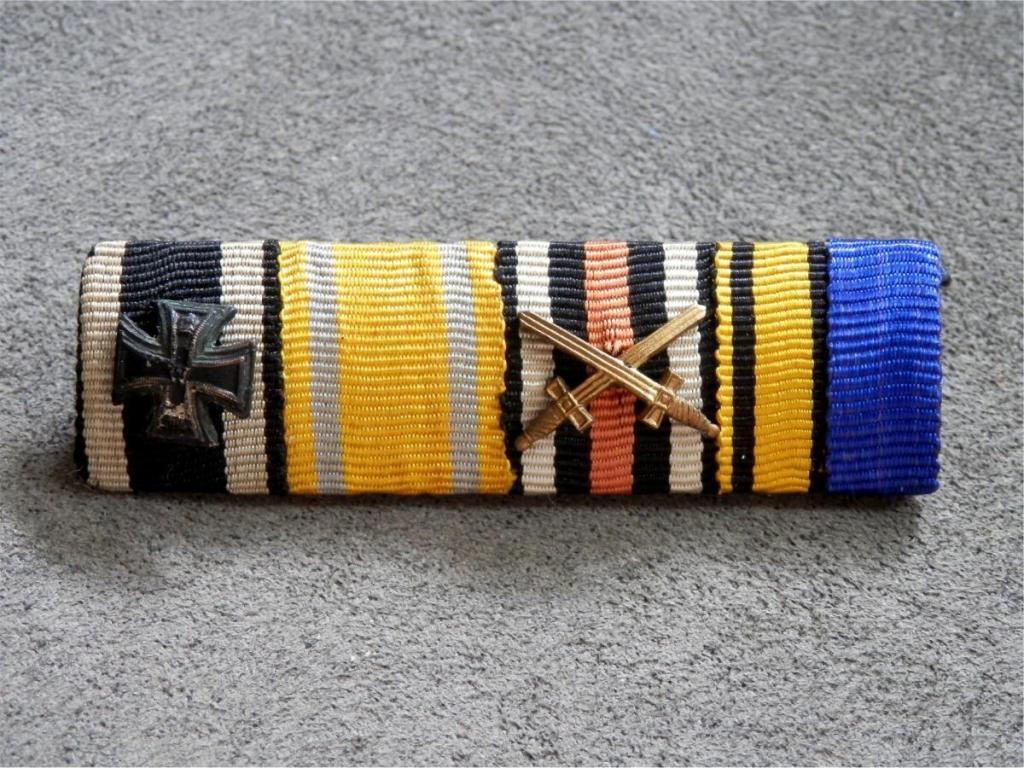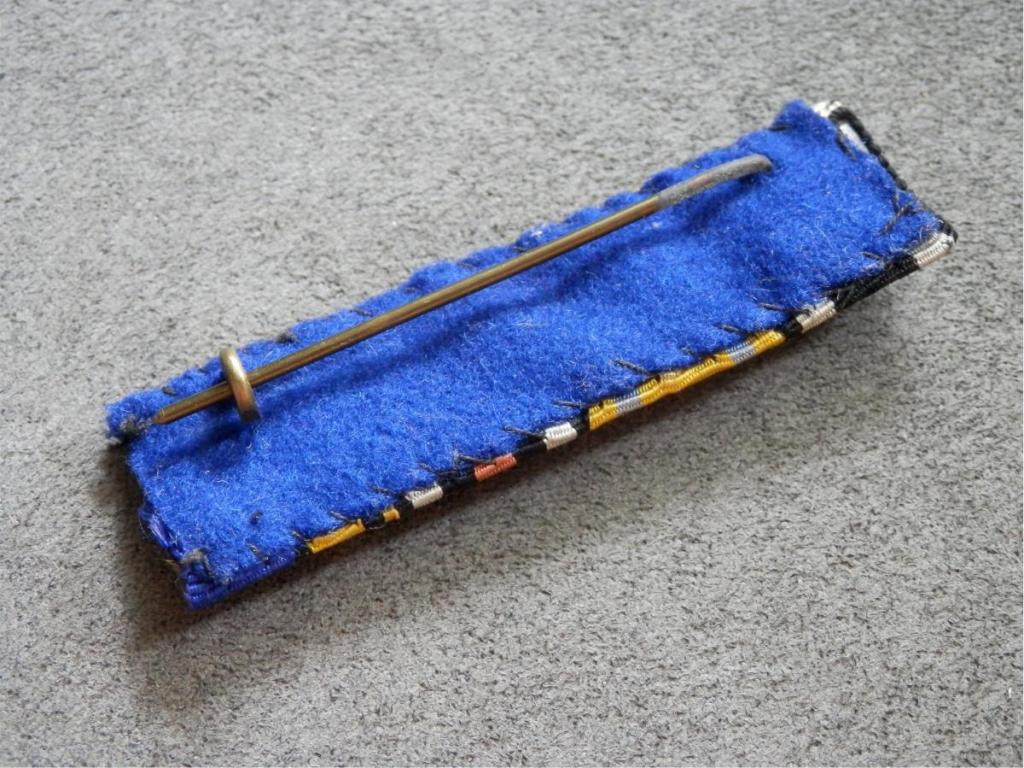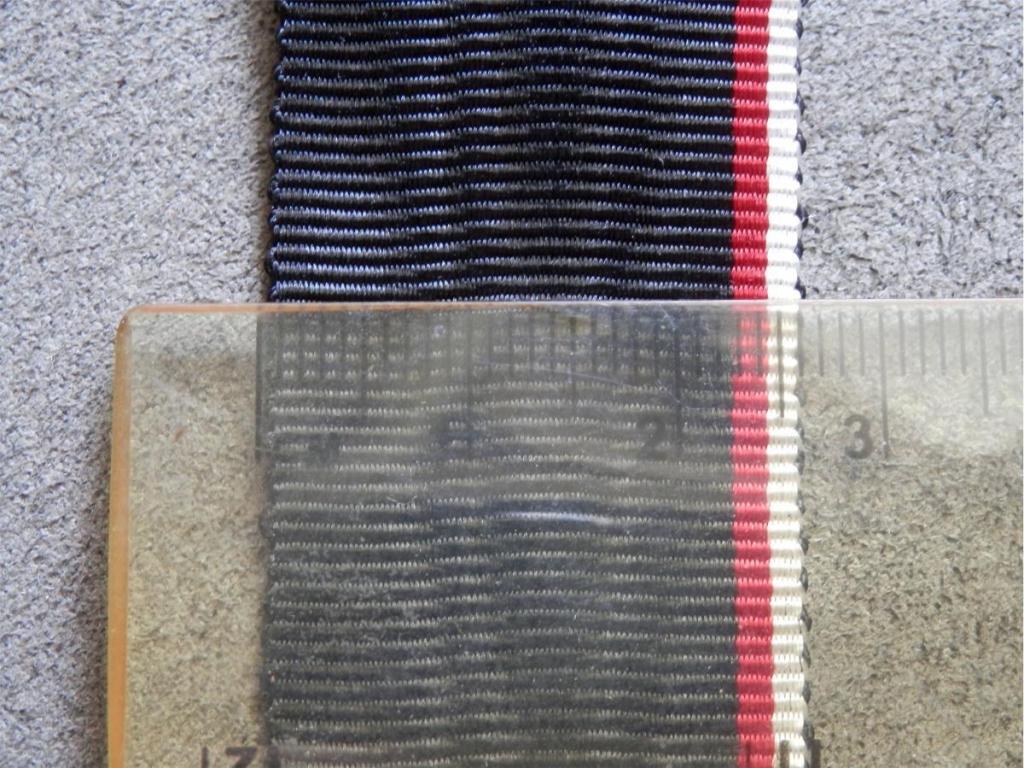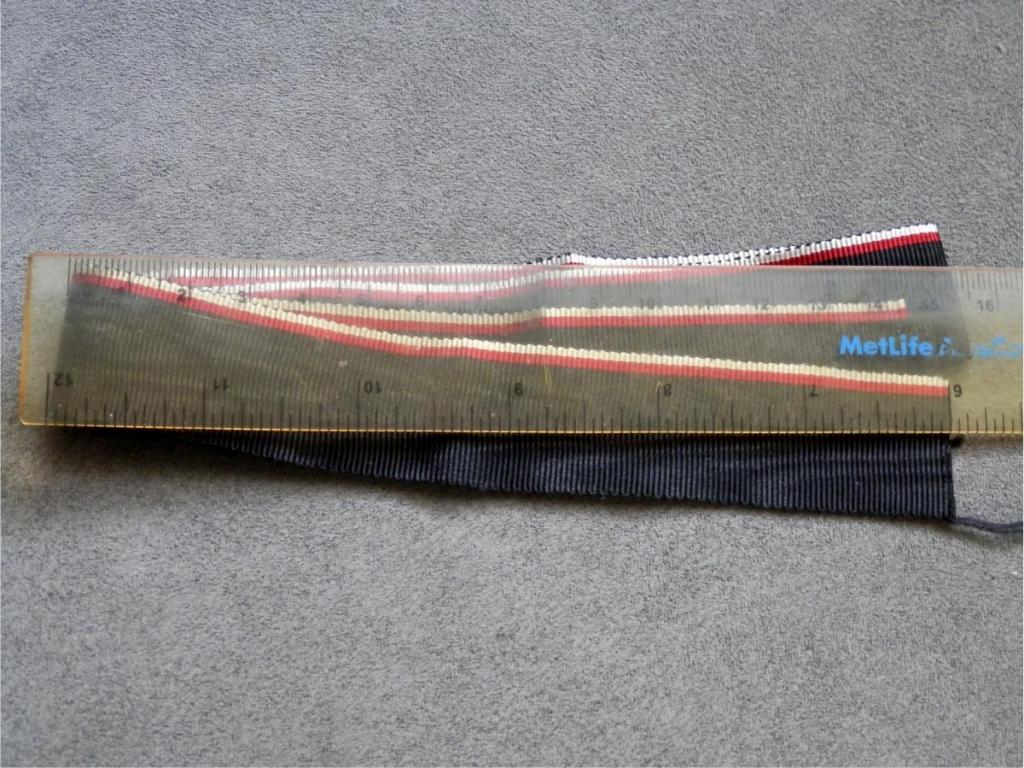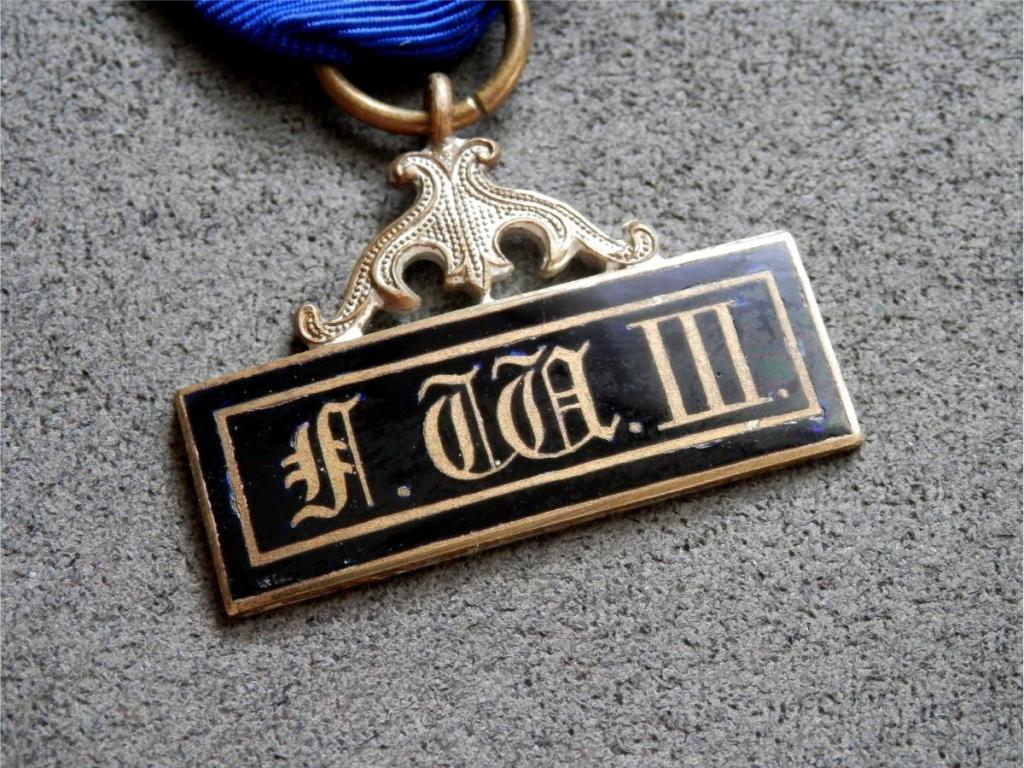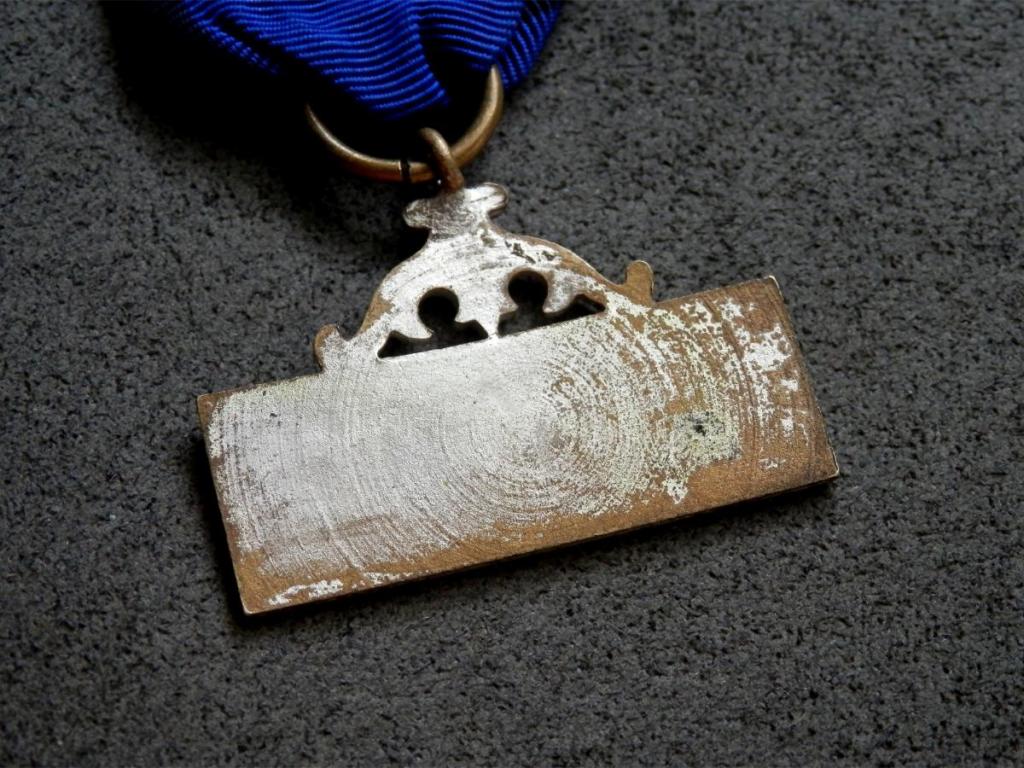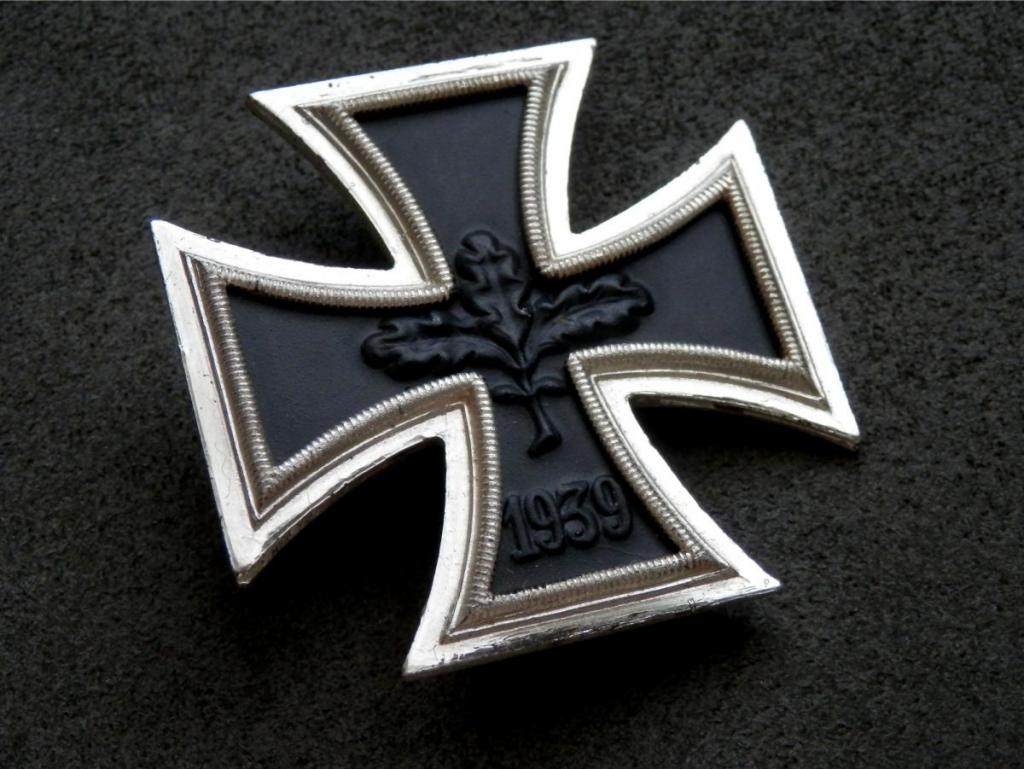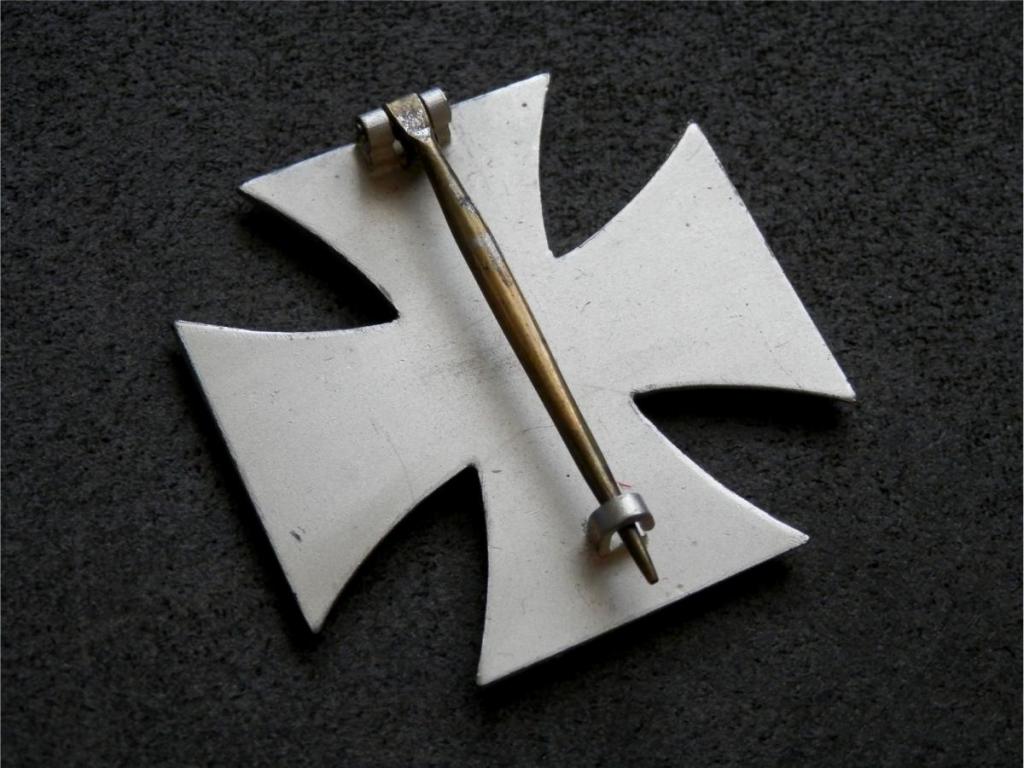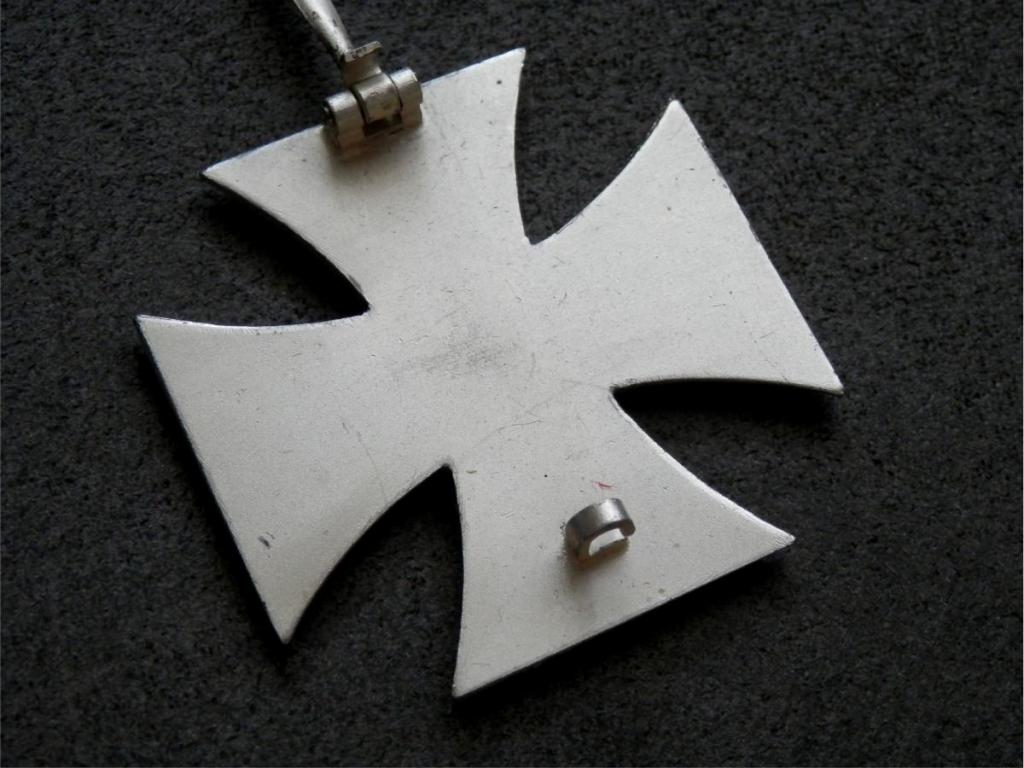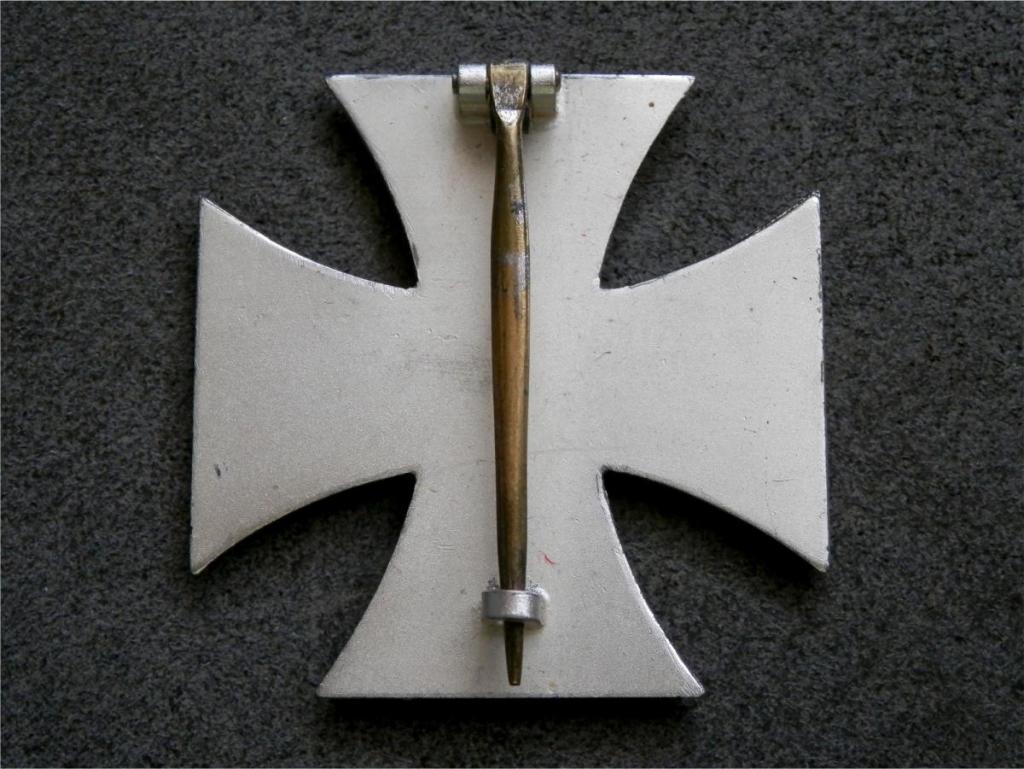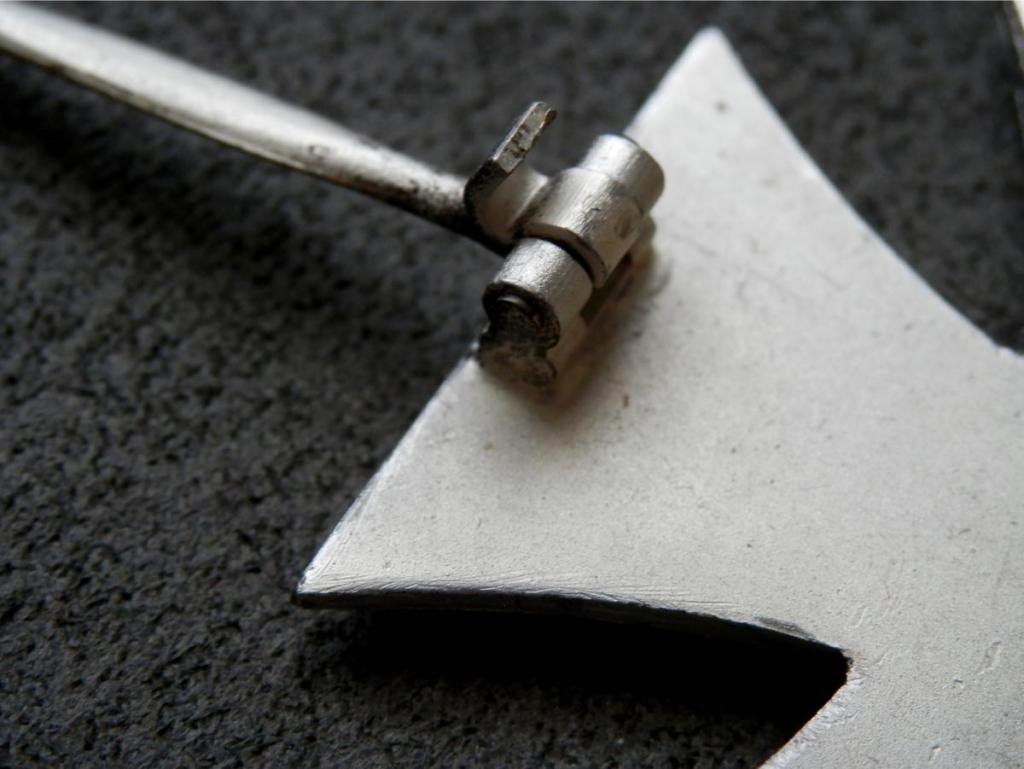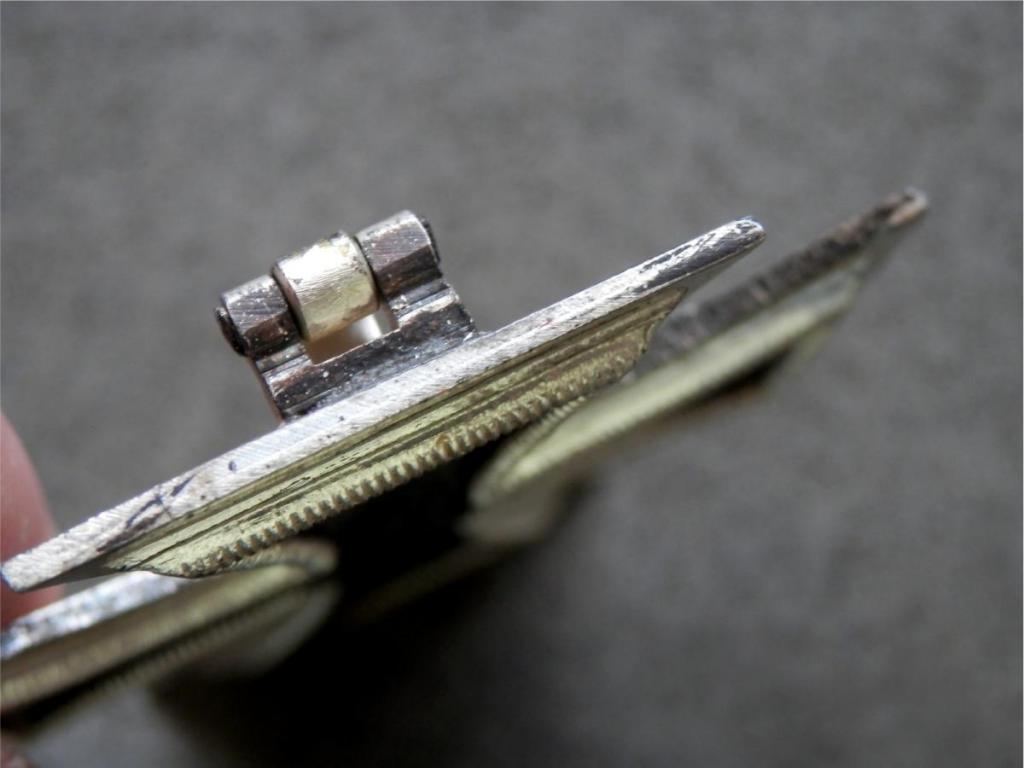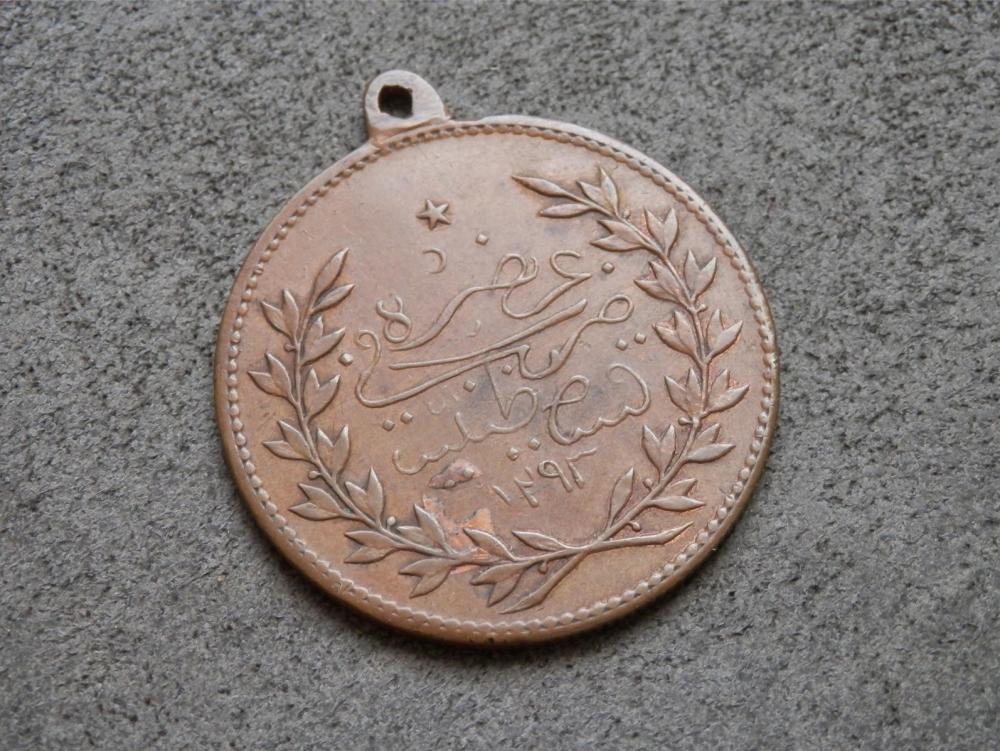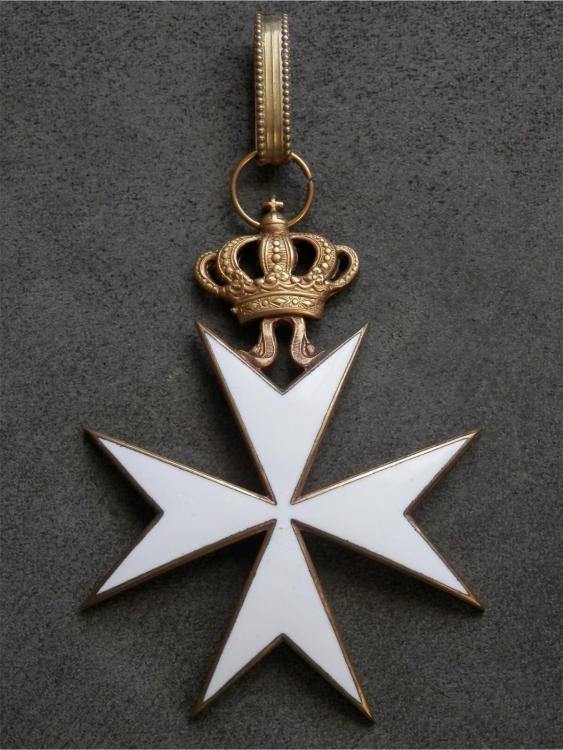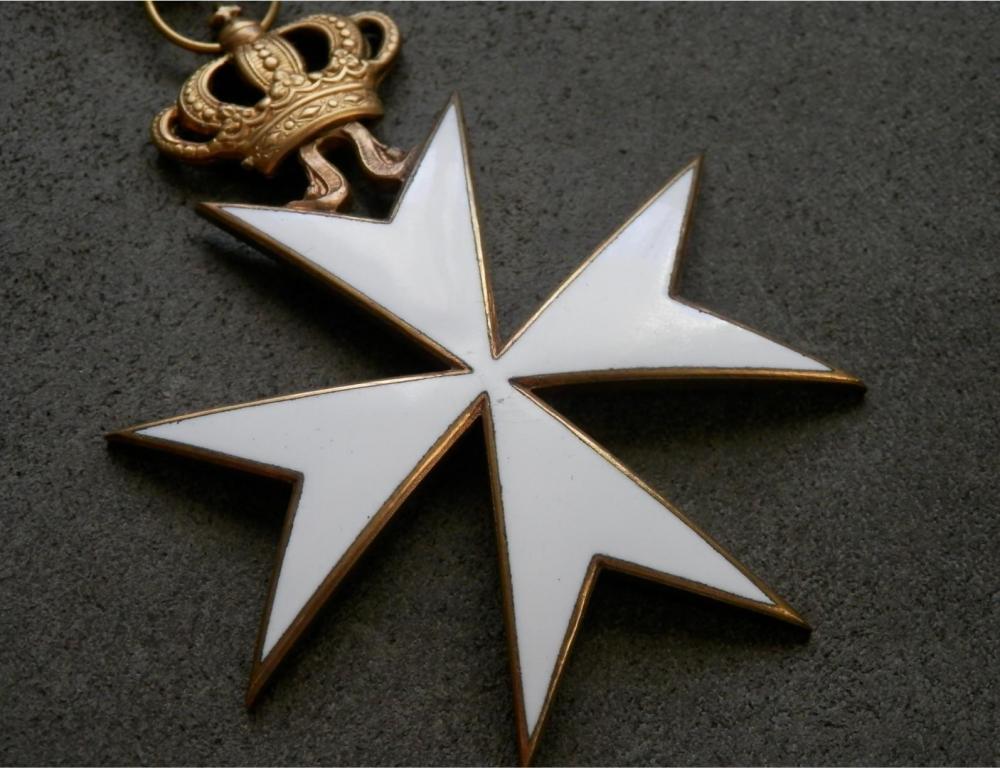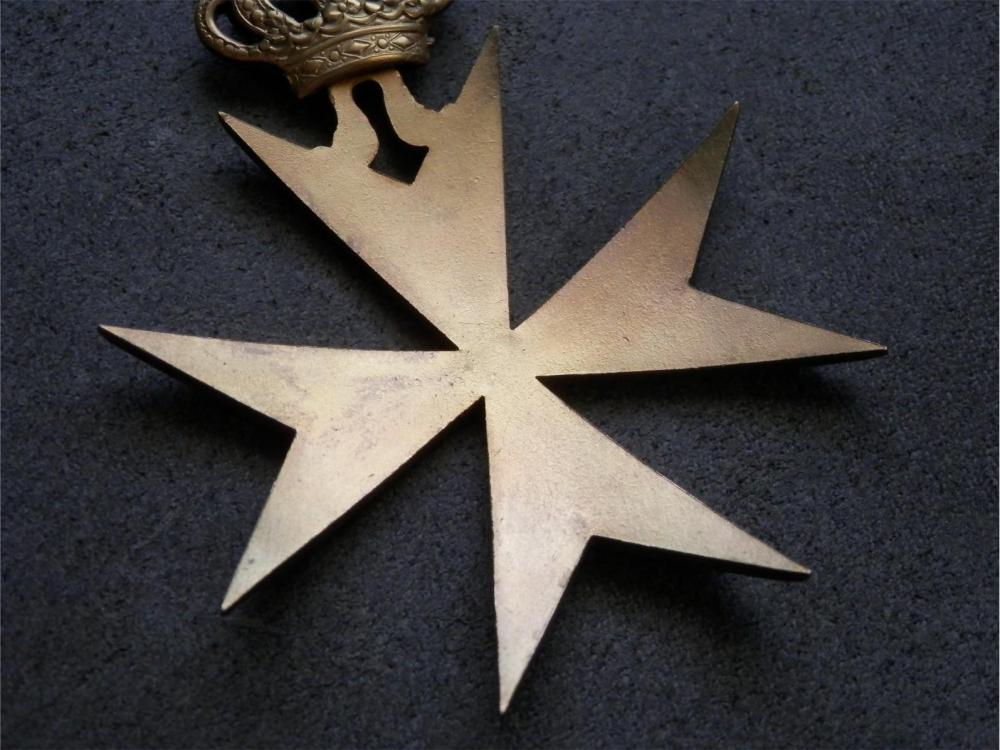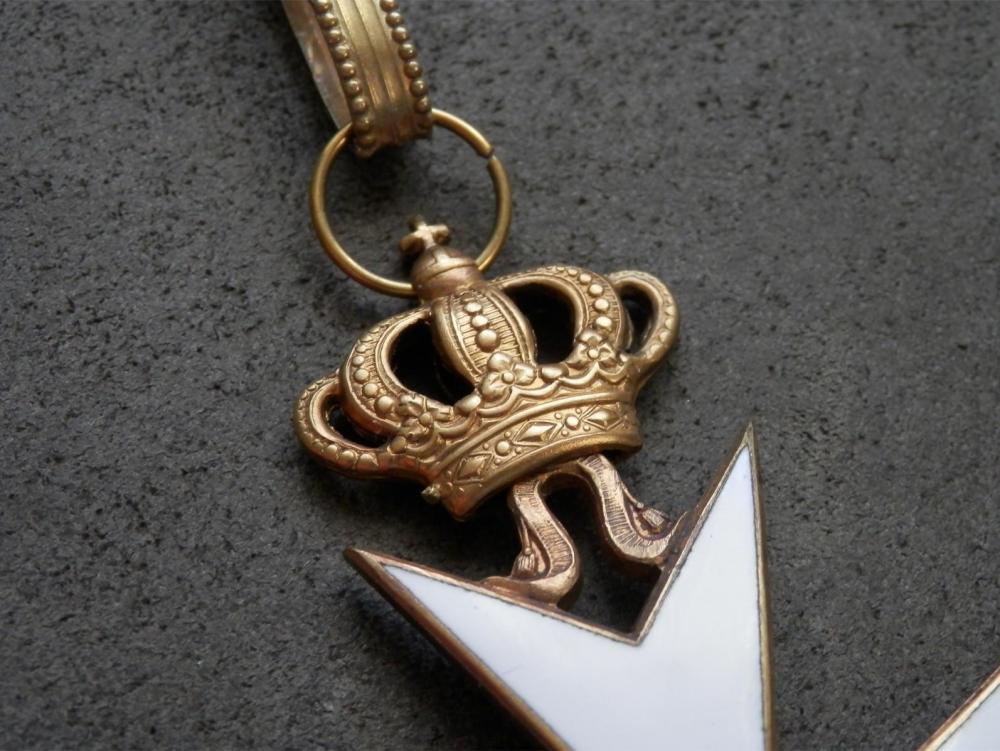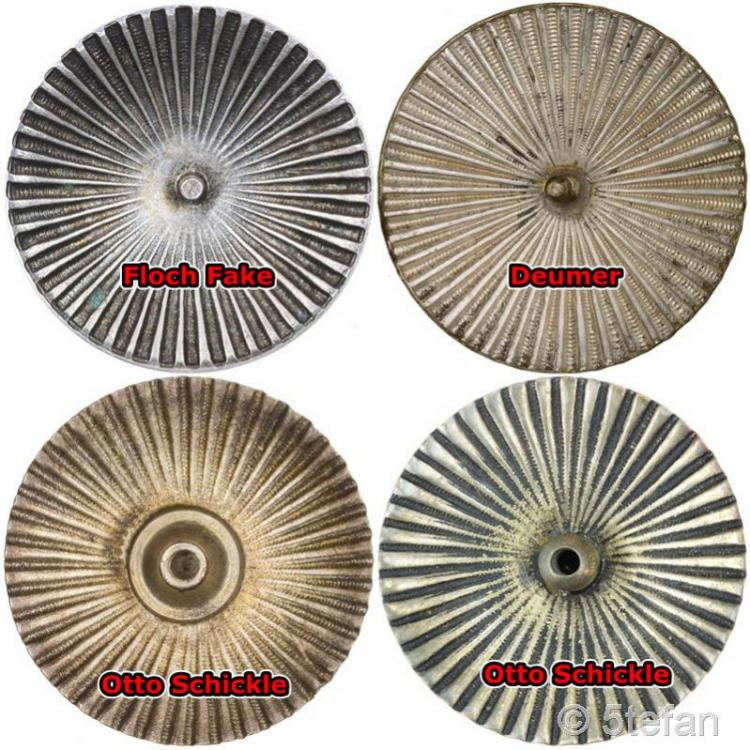-
Posts
234 -
Joined
-
Last visited
About kasle

Profile Information
-
Gender
Male
-
Location
Europe
Recent Profile Visitors
4,359 profile views
kasle's Achievements
-
Just as a side note to your discussion: It took a lot of wishful thinking to make Yevg.(rafovich) from abbreviation which is clearly Serg.(eevich). I bet your (Tifes) method used was first looking for matching last name and then trying to "bend" the rest of engraving to expected form. But regardless of how deep your knowledge of Russian is (I spent 10 years learning it, speaking and writing fluently), your results are pure fantasy, or as I said, wishful thinking. I am also not aware of any reform that would make "N" from clear "A", which is identical in Latin as well as in Cyrillic. Before we spend a fruitless debate of who is better in Russian, I would like to say I am not aware of any orthography reform in Russia or anywhere else that allowed to write the same letter in two different ways - When letter "v" in word "Popov" is transcribed as "b", it can not be transcribed as "p" in word Yevg. It is just another word ("p" is "r" in azbuka). It is a question of pure logic. Shortly said, I recommend to return back to the beginning. That is not that Popov.
- 48 replies
-
- austria-hungary
- signature
-
(and 3 more)
Tagged with:
-

Großkreuz EK 1914 original or copy?
kasle replied to 03fahnen's topic in Germany: All Eras: The Iron Cross
Well, there indeed are many modern copies of Grand Cross, where the terms "period wearer´s copy" or "period display copy" is used to increase the value and to fool the buyers. But there are also many pieces, where this term sits as butt on toilet, as we say here, because their period provenance is backed by photos, or other evidence. For example Juncker Grand Cross (1870er as well as 1914er), which was never an awarded piece, is shown in their period catalog. Zimmermann Grand Cross 1914 was found in Zimmermann hoard. If we take into account also the fact how many "period wearer´s copies" of EK1 1914 are out there - and we like them, because there belong all those clamshells, cruciforms, oval screwbacks, mouse traps and ladders - your meaning as general thought is completely wrong. -

Großkreuz EK 1914 original or copy?
kasle replied to 03fahnen's topic in Germany: All Eras: The Iron Cross
Regarding Elmar´s Grand cross, it is probably a period display piece or wearer´s copy as well: In Wernitz, there is a reprint of the GK 1914 from Aurich collection together with etui and overcarton. The most of differences between that piece and Elmar´s one are at the reverse. Reverse of Aurich´s piece resembles 1813 GK with Roman style of numeral 1 (horizontal serif on top and bottom), while Elmar´s piece have common serif 1 with tilted cap. The numeral 3 is completely different, as well as the reverse crown. On the other hand, the frame looks to be a match to Aurich´s piece. -

Großkreuz EK 1914 original or copy?
kasle replied to 03fahnen's topic in Germany: All Eras: The Iron Cross
The thread starter is a genuine wearer´s copy from interwar era made by Godet Berlin, just for the record. -
These two pieces don´t belong together but I have very similar problem with them. I am not sure with correct interpretation of some ribbons. 1. What do you think, is it correct to describe this button as Reuss one, with combined Ehrenkreuz with and without swords (and at least one of them with the crown)? 2. This ribbon bar has interesting ribbon combo on the last position. Peacetime Saxonian FAM ribbon, partially covered with Prussian Long service ribbon in 8 mm width. Is it just a saving of the space, or is there some other explanation of this merging? Thank you in advance
-
Hello, I would like to know your opinion about this cross. Thanks in advance. It is three piece construction with magnetic core.
-
Maybe not Turkish medal at all, as it doesn´t have typical Turkish suspension. But the date (if I read it correctly) says 1293, which would fit to 1877 Russo-Turkish war. Thank you very much in advance for any help.
-

Pilot badge tinnie - real or fake
kasle replied to Von Thronstahl's topic in Austro-Hungarian Empire
At first, this is not full size badge, but miniature. Whether it is period miniature, hard to say. I would be happy with it, depending on the price. Btw, the badge from the first Gordon´s link is not wartime original either, but a postwar privately purchased piece. Just like this mini. -
kasle started following Pilot badge tinnie - real or fake
-
" new information comes to light all of the time. personally, i like to keep an open mind towards these things, hence my conversation with you." - Me too, but it doesn´t mean I just take everything as it comes. For beginner, every new info is a groundbreaking find, but for experienced and knowledged collector, it is just a piece of puzzle, that either fits to already existing mosaic, or not. And if not, it should come accompanied with strong arguments equal to the strength of mosaic that it attempted to change. For me, E. Finke piece of puzzle doesn´t fit to clamshell-part of my mosaic which I consider quite completed and crosschecked even from TR point of view. If it came somewhere to the white, blank, still incomplete space, I would have probably taken it as a fact. Here I have no reason, so far. I am open to new finds, I was many times seen helping them to life with my own research, but I need to see or hear valid arguments. Which I still didn´t, in this case. "i showed you via the goldschmiede-zeitung that this firm did in fact exist..." - I didn´t say this firm never existed. I wrote (first time in a form of joke, second time more seriously and clearly) that I´ve never heard about this firm in connection with EK1 clamshell. Pure existence of the company, or the fact that this company produced shooting awards (or maybe even EKs), is not a proof that it had something to do also with EK1 clamshells. "...and i showed you a purported example of a cross marked to that maker." Wrong. That "purported example of a cross" is a.) EK2 b.) Not marked. Everyone, even those who don´t understand Russian, can check the ring. It is unmarked piece, attributed to E. Finke only in dealer´s caption. Without any explanation or source. The long text under the cross is only about the condition and about Iron cross in general (since 1813 until 1939). Which is not enough for me to just take this info as a fact. "...the fact that you seem to reject an image based merely on the seller's nationality is a mistake, in my opinion." - Wrong. The fact is that I reject an image based merely on the seller´s profession (dealer) and his insufficient caption. I am Slav (Slovak), reading and speaking Russian fluently, living in a territory with strong Ruthenian, Ukrainian and Russian minority, many of them are my friends, so - without further explanation - I reserve the right not to be accused from such BS. "why is there no 1939 emil finke cross? i don't know, perhaps the owners of the firm emigrated around 1932-33?" - Either you believe the Russian dealer who states that EK2 he offers as Finke was produced in 30s - 40s, or you can believe Finke emigrated in 1932. But to believe in both things together doesn´t make a sense. "i ran the pertinent pages through a different translation service, and what the author states is that an unknown maker mass produced these unmarked crosses (in many forms--but often one piece, stamped or cast) for resale to retailers and other "producers", one of which is emil finke of berlin." - Contrary to you, I don´t need translation services to read Russian. But we already went through this in the discussion about K.A.G. maker when you refused to show particular page. In that case you weren´t even able to interprete what is written there... Why you wave with that Nicolai´s book when you don´t want to present extracts from it? Your answer that you want to respect copyright is just an excuse, but not the explanation. Copyright has no problem with conditions of "fair use", which allows you to presents extracts of the book for research, discussion, review of presentation purposes (together with giving credits to the book, page, author and publisher). If you really like to keep an open mind towards new information as you stated, then you should have no problem to allow this right also to others and show the particular extracts of that book. Only then I am open to discuss what is really written there. "and finally..." - The cross shown in your last link is screwback, but not the clamshell. I am saying it, not the first time, Chris was asking about producer of this clamshell. Correct me if i am wrong but it is you who claim (or interprete) that this type of the cross (core, frame, one-piece construction) was sold by many retailers with different hardware. So, logically, if we want to pinpoint one of them with clamshell hardware, we should focus on clamshell hardware and not show EK2s with ring "hardware" or EK1s with big washer and small screw. It does not matter they have identical core, frame and one-piece construction because these features are irrelevant in the case of cross with identical construction retailed by many "producers" with different hardware. Is it clear now?
-
There are only three producers associated with production of clamshell EK1s: Deumer, Schickle - and Floch. No Finke. Some Russian dealer´s page is not enough to change my mind. I can show you page, where KO is still offered as Koeniglisches Munzamt Abteilung Orden. As I already said, all mentioned makers produced also 1939 EK1 clamshells. Where is 1939er Finke? And why his clamshell is on Schickle 1939 crosses?
-
Otto Schickle used two core types and two clamshell types. The other core and other clamshell is - as far as I know - without any doubt associated with Schickle. I already saw these two cores and clamshells in all four possible combinations, which leads me to think that this particular combination is nobody else than Schickle. Mayer used completely different style of frame, very distinctive, with straight arms, either on Imperials or on 1939ers. Not even mentioning that this is the first time I see him associated with production of one-piece crosses. And Finke? Never heard of her Below photo borrowed from 5tefan (ek1.dna). Schickle used this clamshell also on 1939 crosses which is another proof that thread starter is - just an Otto Schickle, Pforzheim.



